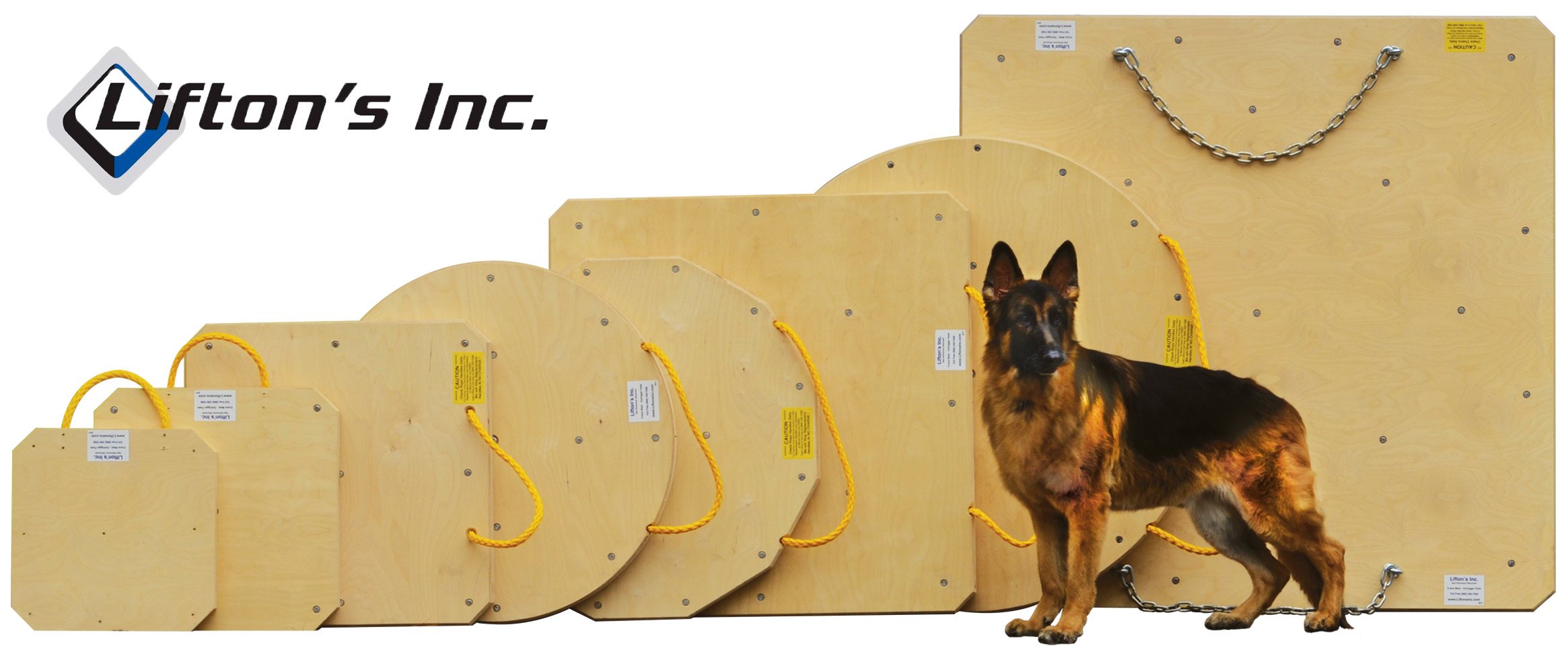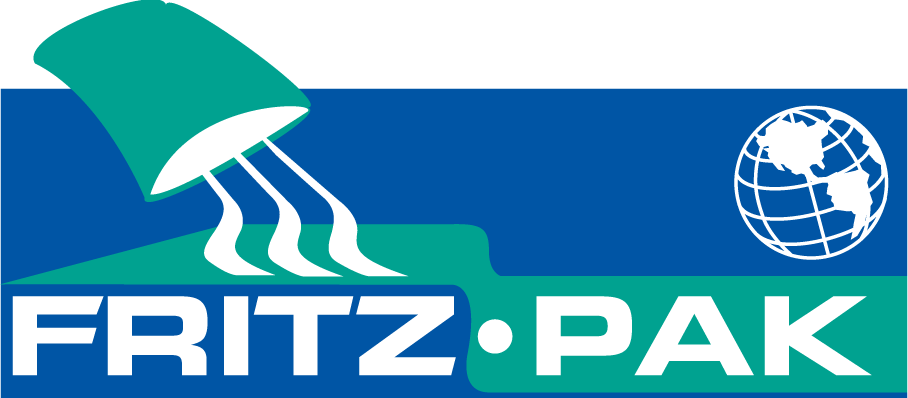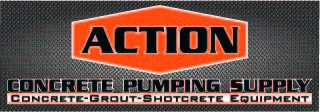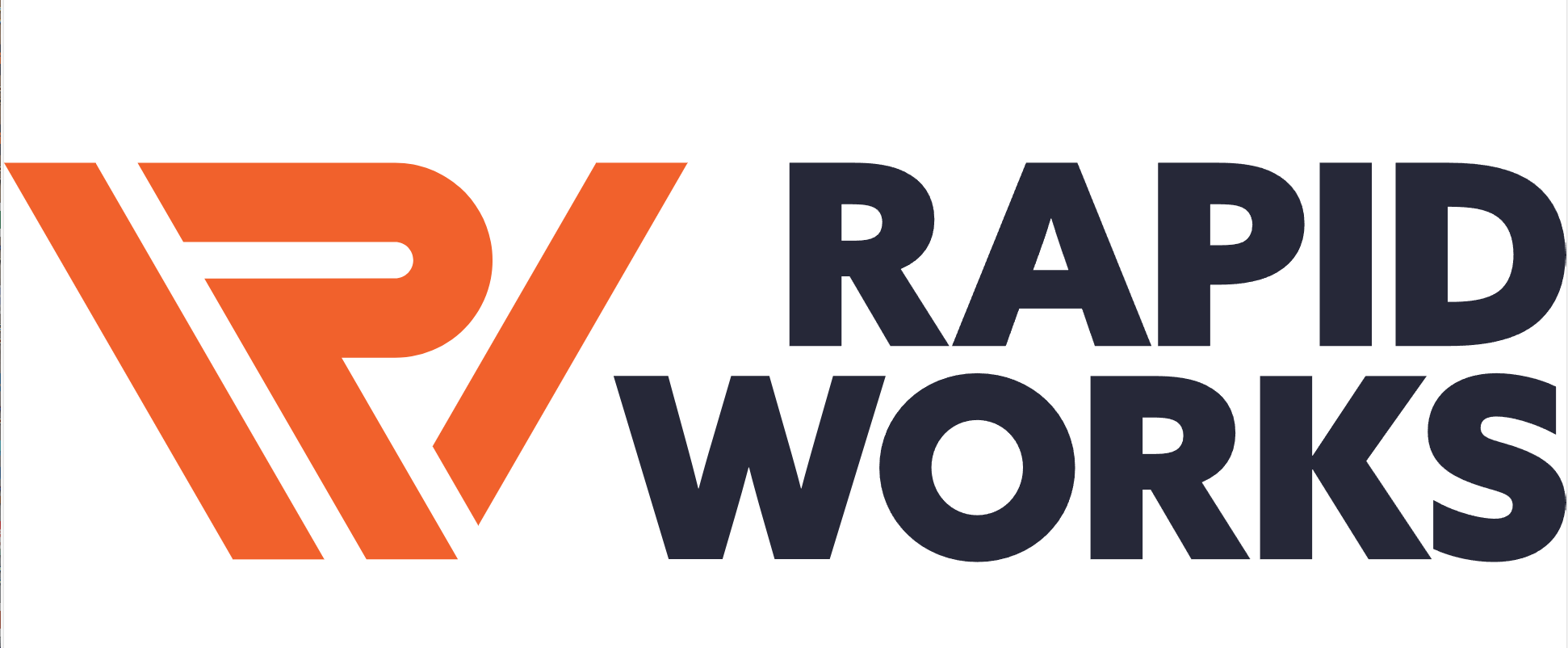Bay Bridge Massive Pour. 2004
New San Francisco/Oakland Bay Bridge requires steady flow of concrete
The new East Span of the new San-Francisco-Oakland Bay Bridge offers state-of-the-art seismic safety features, such as a shock-absorbing hinge system built into the bridge deck. The span has been designed to provide service within 48 hours of a damaging earthquake, keeping emergency vehicles, people and commerce moving across the Bay.
The joint venture partnership executing Skyway work consists of three industry giants: Kiewit Pacific, FCI Constructors Northern Division, and Manson Construction Company -- KFM. Kiewit, one of the largest construction and mining organizations in North America, leads the joint venture. The company invested in an Schwing S 58 SX and a KVM 39 X to complete over 185,000 cubic yards of concrete installation critical to the bridges' substructure.
The eastbound and westbound portions of the San Francisco-Oakland Bay Bridge Skyway are approximately 1.15 miles long and feature a total of 28 piers. During construction, 14 tower cranes service every other pier on the Skyway. Upon completion, the two parallel roadways will consist of five traffic lanes each, as well as a 15-foot wide pedestrian/bicycle path and viewing platforms. Through careful coordination of concrete pumps and an extensive supply system, KFM has installed over 88,000 cubic yards of concrete, approaching the halfway point.
In 2002, Dredge crews cleared areas for the new Skyway piers and dug a channel for construction barge access. Trestle piers were erected for access to the offshore work sites, and a 50-acre Skyway Precast Yard in Stockton, approximately 50 miles from Oakland, was built for roadway segment construction.
In October 2002, KFM crews drove sheet piles deep into the Bay floor at each pier location, creating individual cofferdams. Steel footings were fabricated at Kiewit Offshore Services in Corpus Christi, Texas, and barged to the site via the Panama Canal. Once they reached the site, they were partially filled with concrete to counteract the buoyancy of the footing before being set on the bay floor. After footings are set in place, the surrounding cofferdam is dewatered and a 150-foot pile-driving template is installed. These templates serve as guides for driving piles through the footings for the Skyway's 28 piers. In all, 160 piles will be set. Crews then clean out the piles, insert a rebar cage into each and pump them with concrete.
A concrete sleeve accommodates the reinforcing steel for the piers. The piers are poured in lifts atop the footing. Each finished pier will consist of four connected columns with an opening in the middle for a stairway, allowing for inspection. Cast-in-place pier tables are constructed in three phases: erecting the forms, tying in reinforcing steel, and pumping concrete into the forms in three lifts. The pier tables are complemented with pre-cast diagonal panels called "wings" that help support the road deck. To build the bridge substructure, KFM transports their Schwing S 58 SX and KVM 39 X concrete pumps on barges to each pour.
KFM took delivery of their S 58 SX boom pump in April of 2003 and put it straight to work the following month. "With the substructure alone we've got over 140,000 cubic yards of concrete going through these pumps," says Grant Scott, KFM Concrete Superintendent, "The 58-meter has that 187-foot boom that enables us to reach up and over for some of the larger pours at the column and pier table levels. We've utilized that long boom to its fullest extent on several occasions. To this point, it's completed about 75 percent of the pours."
The S 58 SX features Super X curved outriggers for stability on the barges.
The joint venture also took delivery of a KVM 39 X concrete pump near the end of 2003, specifically purchased for the San Francisco-Oakland Bay Bridge project. Beginning in January of this year, the 39-meter went to work completing supplementary pours when the long boom reach of the S 58 SX wasn't necessary.
"The 39-meter comes in handy when maneuverability is important and setup needs to be executed quickly," said Scott, "We've utilized the pump for about a quarter of the concrete work, specifically on the piling and footing pours when we don't need that long boom reach."
Just as critical to the efficient progress of the Bay Bridge is the supply of ready-mix to the pumps. Engineers on the site have designed an extensive supply system from RMC Pacific subsidiary California Ready Mix, Inc. to the pumps operating from the barges. A temporary batch plant near the site supplies concrete via conveyor belt to three separate barges measuring 34 feet wide by 150 feet long. Atop each of these barges are two 20-cubic-yard mixer drums, specially designed for the project. The mixer drums are shuttled out to the pump and the concrete is then conveyed to a re-mixer specially designed by Maxon Industries, Inc., Milwaukee. The re-mixer places the concrete directly into the pump hopper.
KFM uses two of the 10-yard re-mixers on the Bay bridge site. The machines work like gob-hoppers, storing excess concrete and controlling the feed into the hoppers of the 39-and 58-meter pumps. The 10-yard capacity keeps the pumps going as mixer drums are transported back to the batch plant supply site.
KFM's Grant Scott stated that the mixes used on site vary from over 3,500 psi to nearly 8,000 psi with strength requirements to 56 days. The longer curing period allows slower strength gain and heat generation for the mass concrete within the bridge.
Post-tensioned to the pier tables sitting atop the substructure, the Skyway roadway will consist of 452 pre-cast sections. The segments weigh in at between 480 and 780 tons, and measure an average of 25 feet long by 90 feet wide by 30 feet tall. KFM subcontracted the pumping work in the Stockton pre-cast yard work to Conco Pumping & Belting, Inc., Concord, Calif. Conco has extensive experience in the Northern California area, with a fleet of over 100 concrete pumps. The contractor's project rE[umlaut]sumE[umlaut] includes the San Francisco Giant's home field, SBC Park.
Conco Sales Manager Mike Cusack says that in the beginning, the company's 32 XL and KVM 39 X concrete boom pumps worked sided by side, completing one segment each day. "In the beginning we were pumping an average of 370 yards each day," said Cusack. "We were moving right along until we filled up the entire yard." As of July, KFM was starting to install the first of the segments onto the bridge. "Once they start moving on installation and create more room for us, we'll start pumping again," said Cusack. Cusack also serves as the current President of the ACPA.
KFM's 50-acre Stockton pre-cast yard features three main casting beds for construction of the roadway segments. When Conco completes pumping, a straddle carrier crane lifts the segments from the casting beds and transports them to the curing area. The sections cure for two to six months depending on their size.
Once the segments are cured, Conco's 32- or 39-meter pump is brought back in to complete the pre-cast rails that run along the outside of the segments. In the end, Conco will pump 140,000 cubic yards.
Once the railings cure, the completed segments are transported to the Bay -- one to four at a time depending on size -- on 240-foot barges towed by tugs. From the barges, the roadway segments are lifted and installed utilizing a custom engineered hoisting system.
Pairs of special Self-Launching Erection Devices, or SLEDs -- giant, 800-ton capacity moveable structures anchored atop a pier -- are used to winch deck sections into place. The winch cables attach to the roadway sections at four points. Each cable can be adjusted up to four feet to compensate for profile and cross-slope. When the section is raised to within approximately six inches of its position, the joining faces of roadway will be coated with one sixteenth of an inch of high-strength, slow-curing epoxy. Alignment keys formed into the sections at the pre-cast yard will help line up and secure the sections.
In addition, a series of tension rods are installed and tightened with jacks and rams to ensure the roadway to the section is secure atop the column. KFM surveying crews check for the proper alignment of bridge sections as construction progresses.
Once the first pre-cast roadway segments are installed, Kim's pumps execute a 1-meter wide closure strip between the pier table and the segment. Then, pumps are brought back in to place 6-foot closures left in the middle of each span crossing as advancing segments meet in the middle.

_1.png)









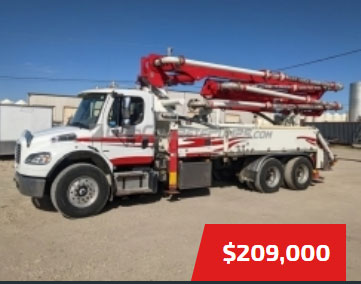




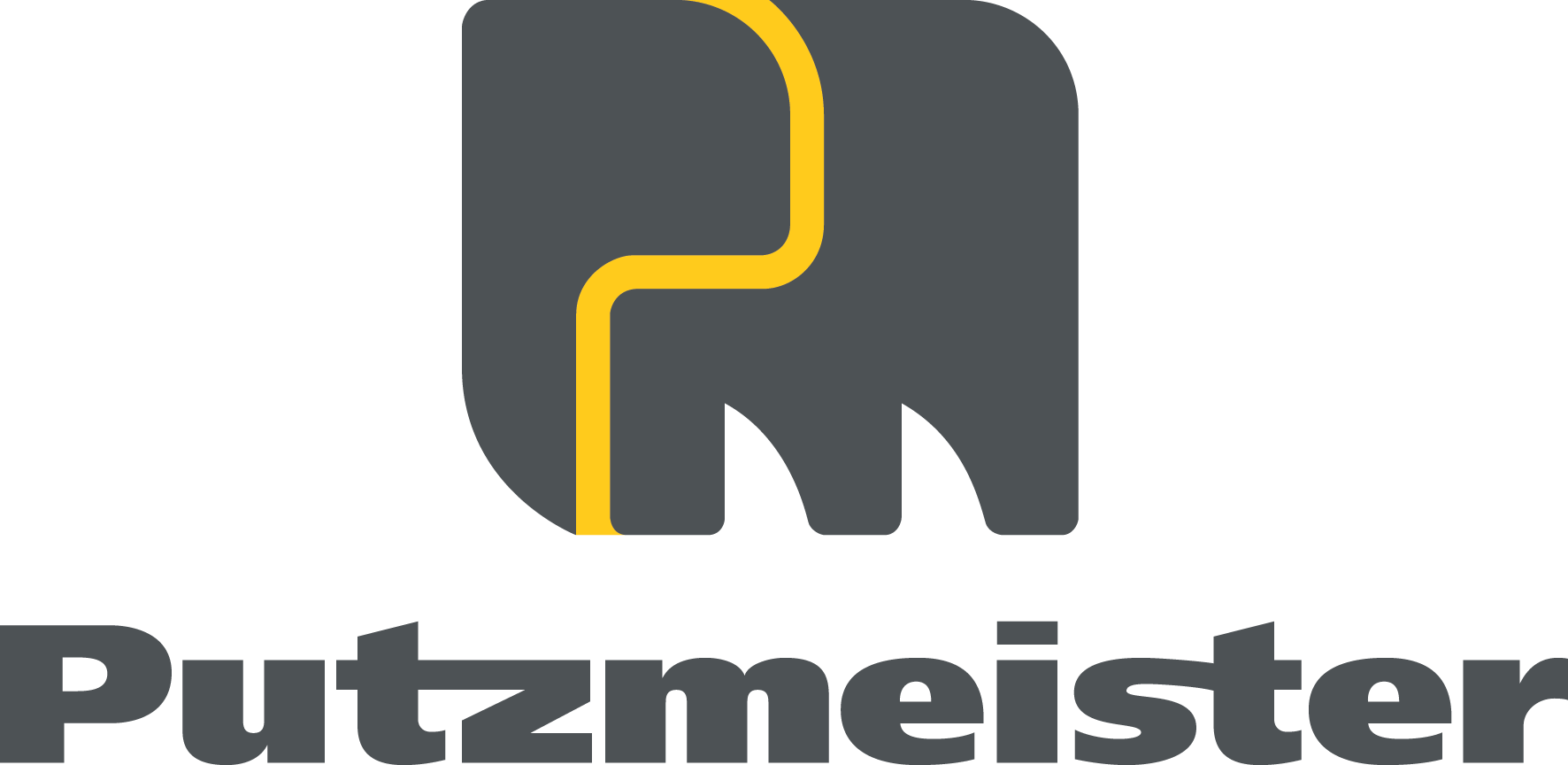



.jpg)
.gif)

.jpg)









.jpg)
